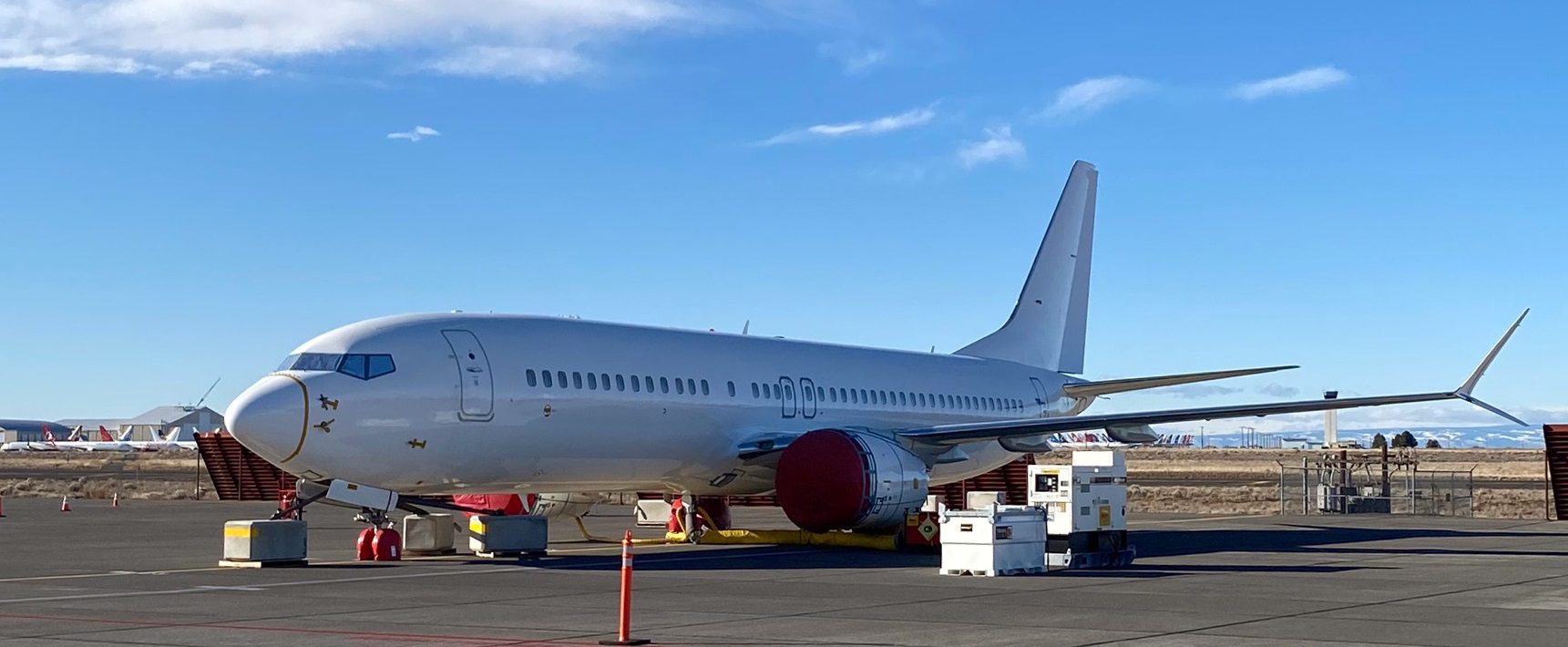The process of aircraft damage assessment at the end of a lease involves several key steps to ensure the aircraft is returned in the condition agreed upon in the lease terms. Here is a summary based on the text provided and additional industry practices:
Initial Damage Identification: The first step involves a thorough inspection to identify any visible damage, such as impacts or dents. This could be conducted during a standard walk-around check.
Utilizing Damage Documentation: Essential documents like the Aircraft “Dent and Buckle” are used to locate and assess damage. This documentation helps in determining whether the damage is already known or if it’s a new issue.
In aircraft lease transitions, various lease return conditions must be considered for engines, auxiliary power units (APUs), parts, landing gear, airframe components, interiors, cargo compartments, and aircraft documents. Here is an explanation of a few typical example lease return conditions to illustrate (note the figures used are examples only):
Engines:
Each Engine and module must have at least 4,500 Flight Hours or 3,000 Cycles (whichever is more limiting) life remaining to its next shop visit.
Several checks and inspections are performed, including borescope inspections, power assurance runs, and bleed value scheduling checks and any defects exceeding the Manufacturer’s allowable limits must be corrected by the lessee; also important is when damage reduces the inspection intervals or has repeat maintenance due as a result.
CAMO & Aircraft Leasing Aircraft Reliability: Understanding and Enhancing Airworthiness
Aircraft reliability, crucial for airworthiness, encompasses various aspects including On Time Performance (OTP), Component and Engine reliability, Diversions, Aircraft On Ground (AOG) incidents, Unscheduled Maintenance, Acceptable Deferred Defects (ADD), Passenger Delay Costs, and Service Providers.
Reliability is required to be monitored for the vast majority of aircraft and operations, it can be used to ensure your maintenance plan is effective and monitor adverse trends; it also is important during and aircraft lease return or delivery as for example it can see thresholds changed for maintenance tasks.




